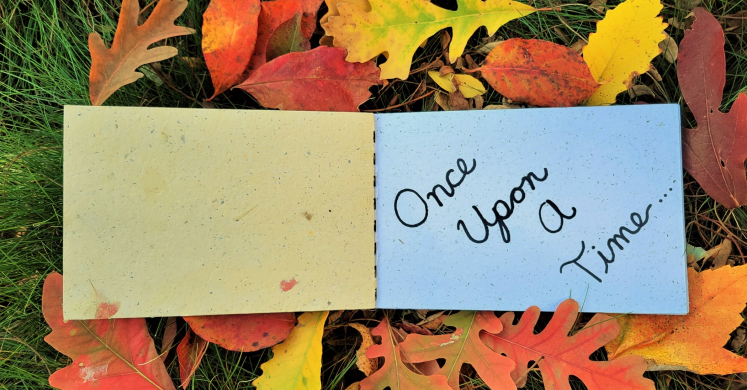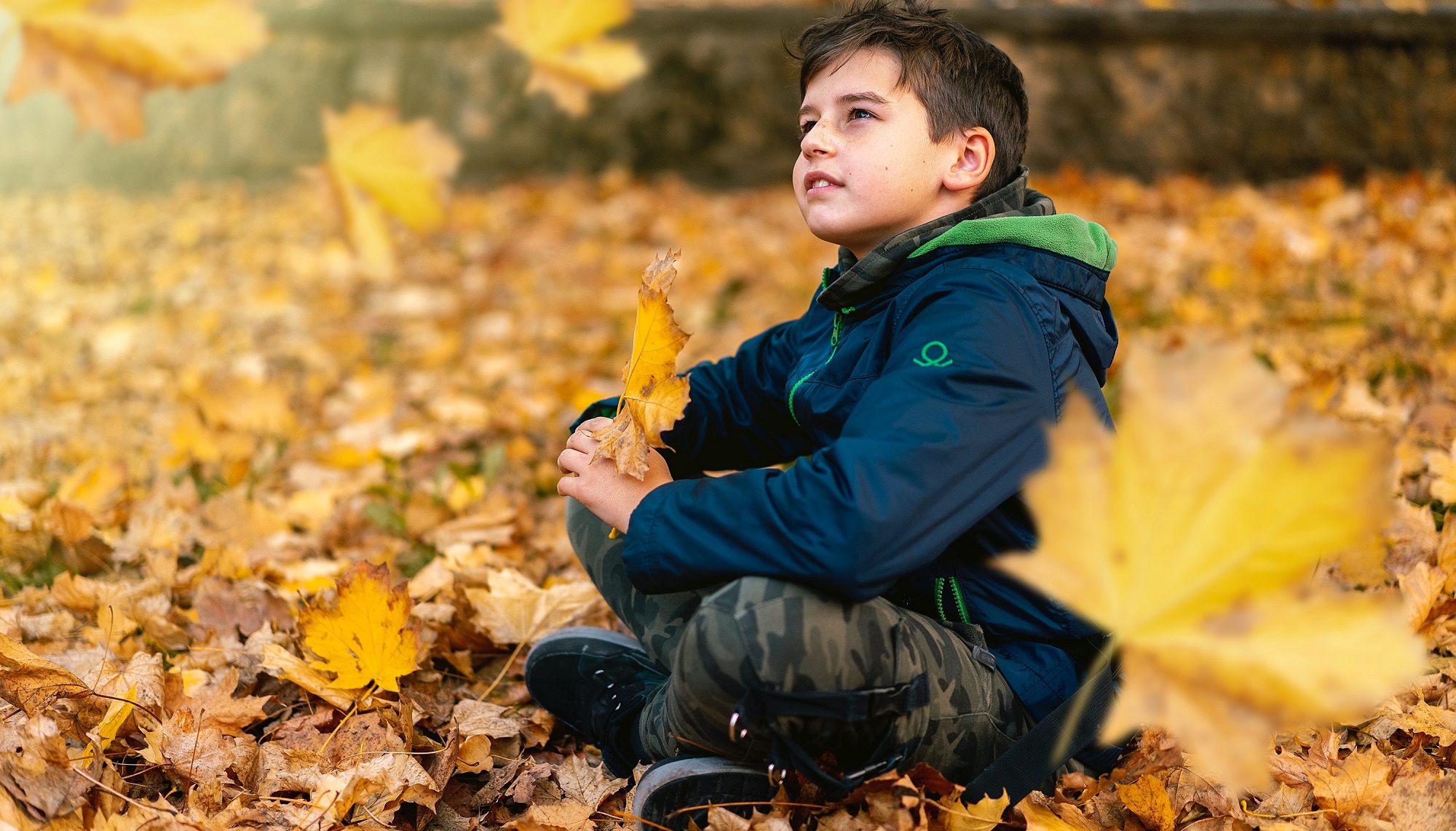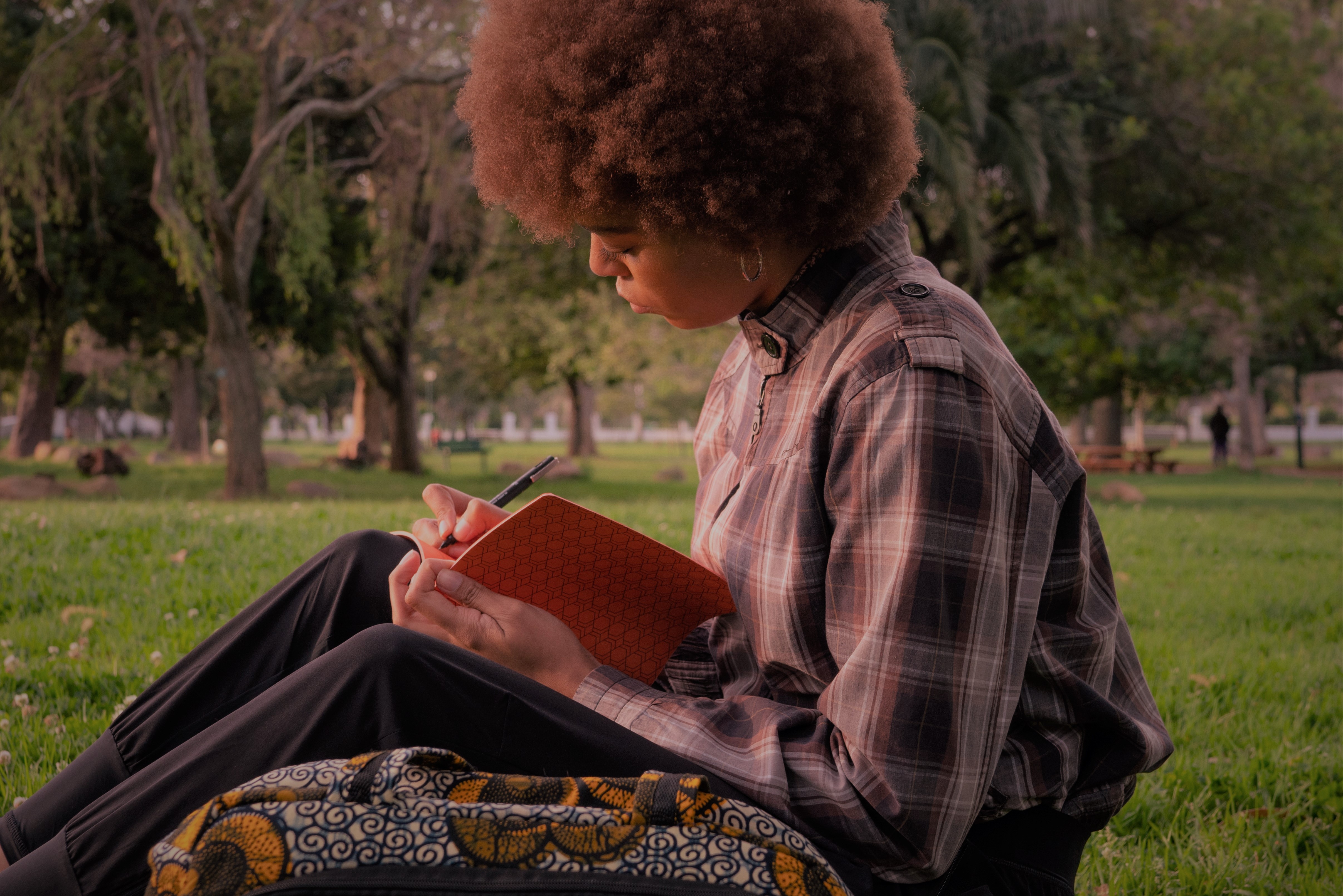Blog

#bioPGH Blog: Storytelling Season
 A resource of Biophilia: Pittsburgh, #bioPGH is a weekly blog and social media series that aims to encourage both children and adults to reconnect with nature and enjoy what each of our distinctive seasons has to offer.
A resource of Biophilia: Pittsburgh, #bioPGH is a weekly blog and social media series that aims to encourage both children and adults to reconnect with nature and enjoy what each of our distinctive seasons has to offer.
Oh this fall weather is magical! It makes me want to grab a notebook and start writing all sorts of poems and stories about the creatures and people, both real and imagined, we might find out and about in the falling leaves under a full moon. When you think about it, though, that urge may be whimsical, but it’s also deeply human — storytelling is a fundamental part of the human experience. We have been telling stories since there have been campfires! And while stories can be fun, fanciful forms of entertainment, stories have also a unique power to connect us to ideas and concepts. Our human brains are actually “wired” to connect to stories at emotional and even physiological levels! If we’re watching an intense action scene in a movie, for example, we might actually produce adrenaline ourselves; and if we’re watching a happy, sappy scene, we might very well corresponding hormones. We also tend to remember stories much better than we do facts or statistics (personal example — I made up a story in college to remind myself of the steps of a chemical process in plants. At the time, it worked quite well and I aced my exam! Fifteen years later, though, I don’t remember the steps of the chemical reaction anymore but I still remember my story included a dinosaur plucking apples from a tree and passing them down a row of smaller dinosaurs). Nature is my favorite inspiration for my own writing, and this beautiful fall weather just seems to hold so much excitement and mystery — like the Anne of Green Gables scope for the imagination! Would you like to join in some nature-inspired storytelling and writing?

This time of year is wonderful for dreaming.
What Goes into a Story?
First, let’s lay out the basics of story. At its core, “A story…follows a protagonist on a journey to overcome an obstacle with something of consequence at stake.” (ElShafie 2018) More than that, though, listeners need to connect with the story — why do we care about the protagonist or their cause? Some classic ways to create a connection are through wonder, adventure, emotion, nostalgia, humor, and relatability; and these sentiments can be evoked from the characters, the setting, or the quest itself.
Let’s not get lost in the elements just yet, though; we need to have some fun and get some inspiration! Grab a notebook, pencil, and maybe a cup of tea or hot chocolate and head outside. We’re going to loosen up the creative muscles by asking a "what if" question to get an idea rolling. The “what if” question may be silly, serious or thoughtful; then let that question guide your imagination to extraordinary places. For example: What if...the bald eagles in the Hays nest were watching us back? What if they could talk? How would they interpret human behavior? How would they describe storms and nest-invading raccoons?
Next, plan out what will happen in that what-if scenario. Who is your lead character or characters? What are their personalities? What challenge are they working to overcome? What makes that challenge difficult? Your characters and their challenge will create the plot of your story! What do they need to do or acquire to overcome their challenge? What is at stake if they succeed or fail?
Don’t Be Afraid to be Imaginative
Not even the stars are the limit when you write stories! You can create the setting and the world, and anything can be possible in your world. Since we’re looking to nature for inspiration today, here are a few little teasers to stretch your storytelling muscles:
- What if...the colors in the rainbow each had personalities?
- What if…a little tadpole just couldn’t wait to be a bullfrog?
- What if...a maple tree wanted to open a bakery? What sorts of maple-themed foods would they prepare? What would be challenging about baking if you're a tree?
- What if...a boulder at the top of a mountain was afraid of heights? How would his friends, the trees and birds, help him get over his fear?
- What if…a worker honeybee gained superpowers! What kind of powers would she have? What would she do with those powers?
Using Stories to Support the Environment
Storytelling can be whimsical and fun, but it can also be meaningful and impactful. If there is a cause you care about, incorporating storytelling into your writing and presenting can be much more powerful than data alone. You can invite your reader to step into someone else’s shoes or even to fly with a bird’s wings; the perspective shift can inspire thought and new considerations. If you’re writing to persuade, a short opening story can provide the emotional hook and context a reader needs to continue all the way through a piece.
Happy Writing!
Whether you opt for serious or silly, give yourself some time outdoors to be creative. If you’re a family with non-readers, make up stories using pictures on paper — or even build pictures outdoors with natural materials. Storytelling is what you make of it, whether it’s a video for TikTok, an editorial in the newspaper, a poem for your journal, a song for the woods, or picture book for little ones. Have fun with it!

Sources
Sara J. ElShafie 2018 – Making Science Meaningful for Broad Audiences through Stories
Uri Hasson et al. 2008 -- Neurocinematics: The Neuroscience of Film
Photo credits: Cover image, Maria Wheeler-Dubas; all others, Pexels, public domain

